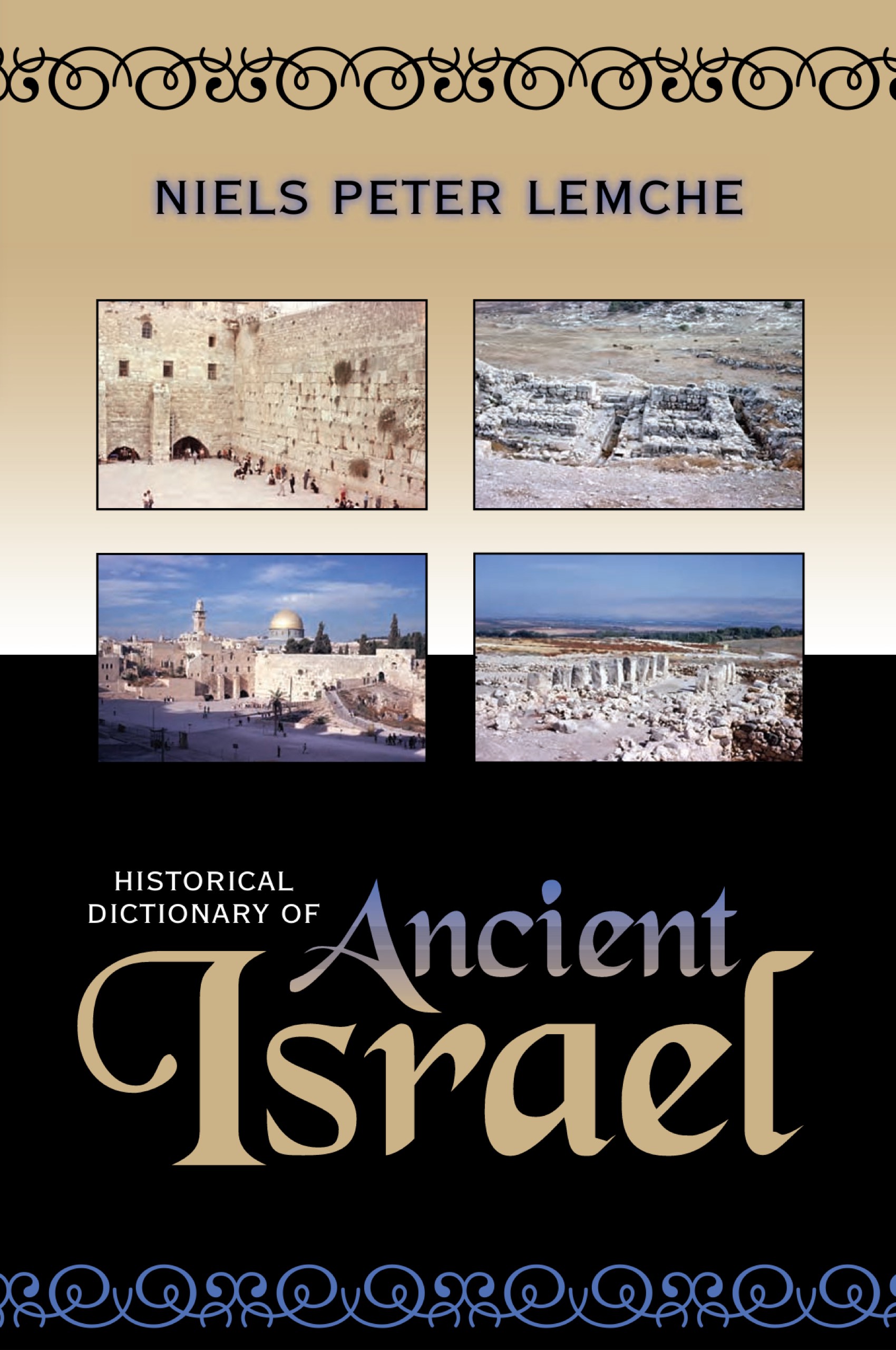Historical Dictionary of Ancient Israel
Summary of Historical Dictionary of Ancient Israel by Niels Peter Lemche
Niels Peter Lemche’s Historical Dictionary of Ancient Israel provides a comprehensive overview of ancient Israel, blending biblical narratives, historical archaeology, and modern scholarly interpretations. The book is part of the Historical Dictionaries of Ancient Civilizations and Historical Eras series and serves as a reference guide to key figures, places, events, and debates related to ancient Israel.
⸻
Key Themes and Structure
1. The Nature of Ancient Israel’s History
• Ancient Israel was a small civilization, often overshadowed by larger empires like Egypt and Mesopotamia.
• The primary sources of information about Israel come from the Old Testament (Hebrew Bible) and archaeological findings, but these are often fragmentary or biased.
• The book challenges traditional biblical narratives, emphasizing a more historically critical approach.
2. The Biblical Narrative vs. Historical Reality
• The Old Testament portrays Israel’s origins through the stories of the Patriarchs (Abraham, Isaac, Jacob), the Exodus, the conquest of Canaan, and the monarchy under David and Solomon.
• Lemche questions the historicity of figures like Abraham and Moses, arguing that these stories may be literary constructs rather than historical accounts.
• The United Monarchy of David and Solomon is also debated, with evidence suggesting that Jerusalem was a small settlement, not a grand kingdom.
3. Archaeology and Ancient Israel
• Archaeological evidence suggests that ancient Israel developed gradually from Canaanite populations rather than through a sudden invasion or conquest.
• The book explores key sites like Jericho, Hazor, Megiddo, and Samaria, assessing what they reveal about Israel’s early history.
• Lemche discusses how inscriptions and artifacts from Egypt, Assyria, and Babylon help reconstruct Israel’s interactions with neighboring powers.
4. Political and Religious Developments
• The book provides entries on major figures (e.g., David, Solomon, Ahab, Josiah), major locations (e.g., Jerusalem, Samaria, Bethel), and religious institutions (e.g., the Temple, priesthood, prophets).
• It discusses how monotheism gradually emerged and how Yahweh-worship evolved alongside Canaanite and Mesopotamian influences.
• The Babylonian Exile (586 BCE) was a turning point, shaping the Jewish identity and biblical literature.
5. Methodological Approaches
• Lemche emphasizes the tension between maximalists and minimalists in biblical scholarship.
• Maximalists accept the biblical narrative as historically reliable.
• Minimalists (including Lemche) argue that the Old Testament was compiled centuries later and reflects ideological rather than historical concerns.
• The book provides a detailed chronology, bibliography, and terminology guide to help readers navigate historical debates.
⸻
Conclusion
Lemche’s Historical Dictionary of Ancient Israel is a valuable reference for understanding the complex history and scholarship surrounding ancient Israel. It challenges traditional biblical interpretations, integrates archaeological and historical data, and provides a balanced perspective on key debates in the field.
